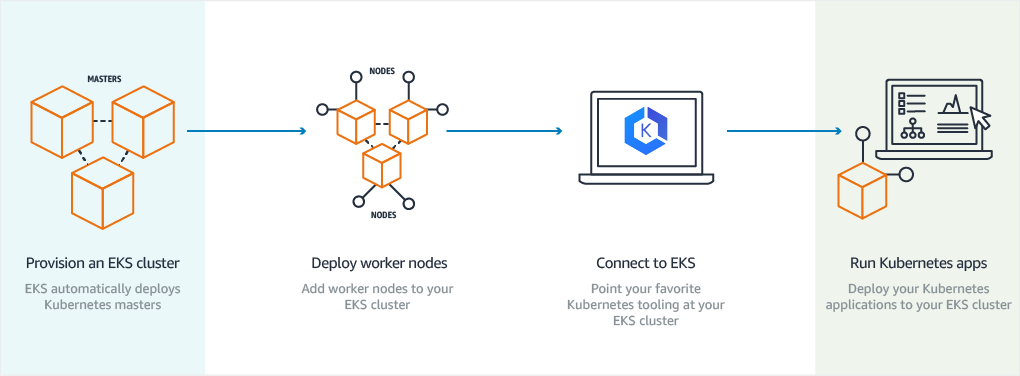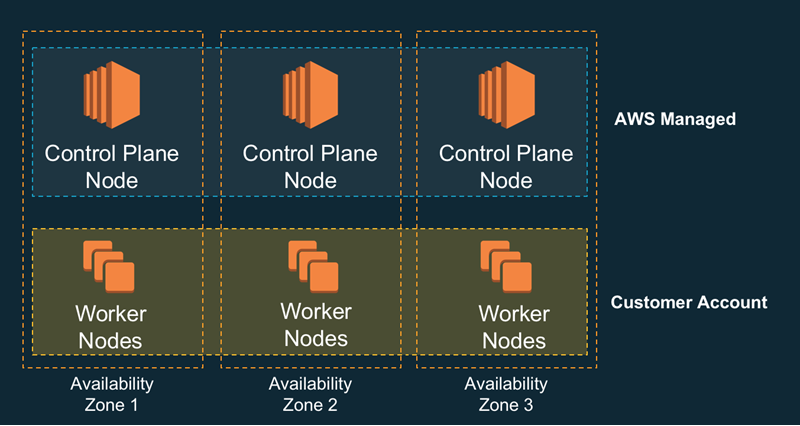Amazon EKS - an automated container solution
The Kubernetes cluster technology is successfully used on such platforms as The New York Times, Zalando, Bla Bla Car and many others.
All the more, we should be pleased to hear that the Amazon EKS solution, based on Kubernetes, is now available globally!
The service allows you to streamline the processes of microservices, maintaining full functionality of the application or migration of its components, without refactoring the code.
At this point, it is worth adding two words about the subject of Kubernetes itself. It is open source software that streamlines and allows for the automation of deployment and scaling, and the management of the containerized application structure. In times when changes in applications have to be introduced very often, this is an ideal solution. It allows for automatic change management without affecting the functionality of a given platform.
With Amazon EKS you can use all the roles: scalability, reliability and availability of the AWS platform. You can easily integrate EKS with network services and security that Amazon offers. These can be, for example, IAM – for access control based on roles or VPC – for creating secure subnets. According to AWS, based on the report from the Cloud Native Computing Foundation, it is the leading environment for Kubernetes. Statistics say that 57% of companies using Kubernetes do this in conjunction with the Amazon Web Services environment.
The entire solution allows companies to focus on building applications without having to configure a container structure. It is not only saving time, but also the possibility of using such services as IAM or VPC, increasing the security of the entire application. The Amazon Machine Image (AMI) script and the AWS CloudFormation script provide the necessary work nodes, which without the use of Amazon EKS, each user would have to configure themselves. Thanks to this, we considerably shorten the time needed to start the Kubernetes cluster.
The diagram below illustrates the operation of Amazon EKS.

source: Amazon Web Services
Thanks to the fact that the whole service is based on the AWS cloud, the following functions are also available: IAM Integration, Load Balancer Support or Route53, and that’s just some of the many available ones. The service itself is also based on shared responsibility. The control plane node of the cluster is managed by AWS, while the worker node is started by the client. The diagram below illustrates shared responsibility.

source: Amazon Web Services
We recommend taking a look at the blog post on the AWS blog, where Jeff Barr shows in a very accessible way how to create a Kubernetes cluster.
The automation of repeated activities, including both infrastructure and applications, allows to significantly increase the flexibility of the company, at the same time to maintain cost effectiveness, improve the quality of services and reduce the number of errors occurring during deployments. As an experienced AWS partner in the Advanced status, we help our clients to tailor solutions to their needs. If you have questions related to the automation or technology of containerization, please contact us at: kontakt@lcloud.pl or to send a message in the contact form.
